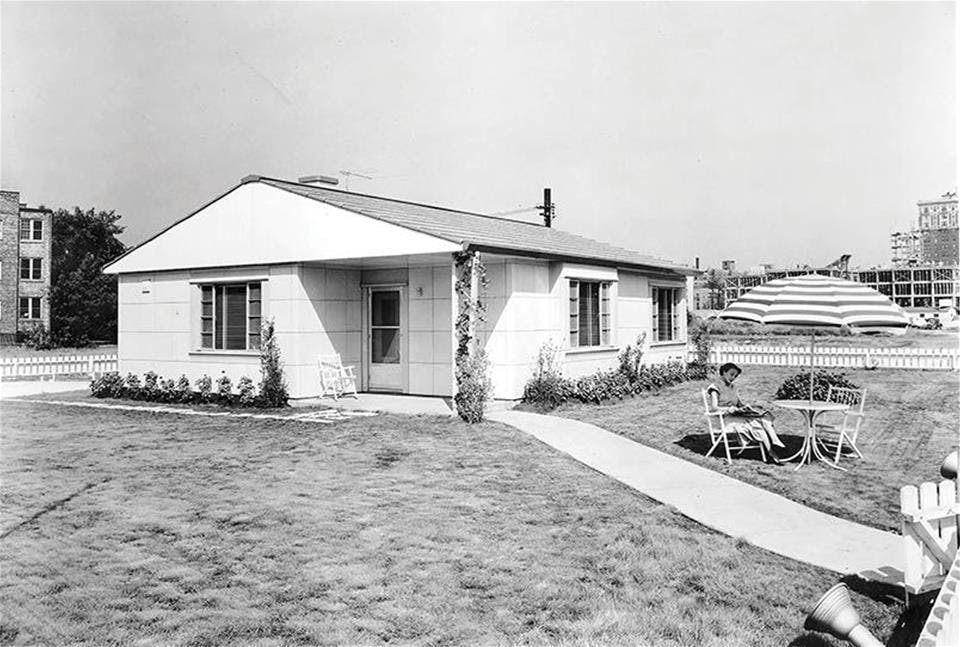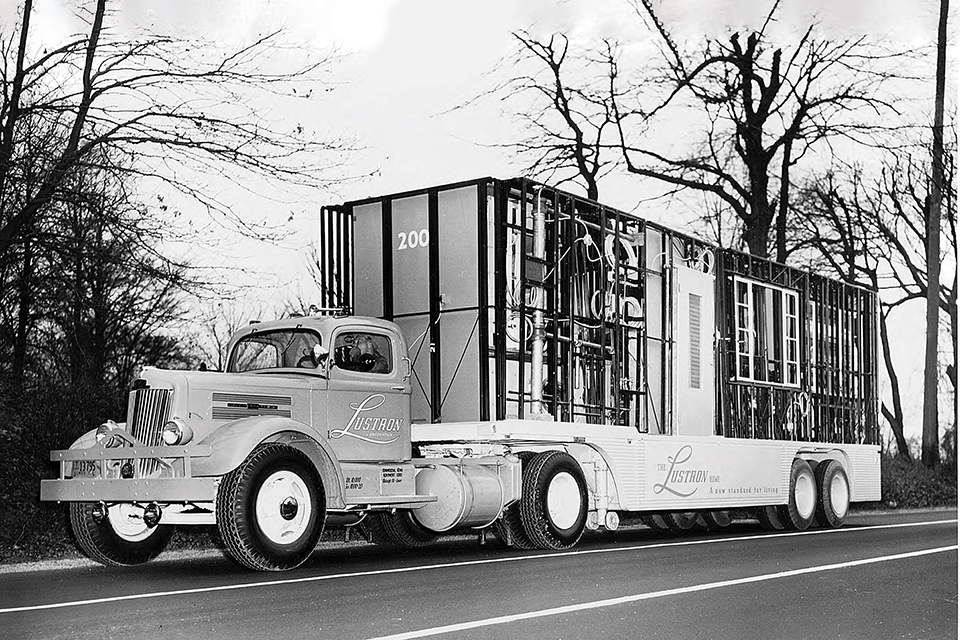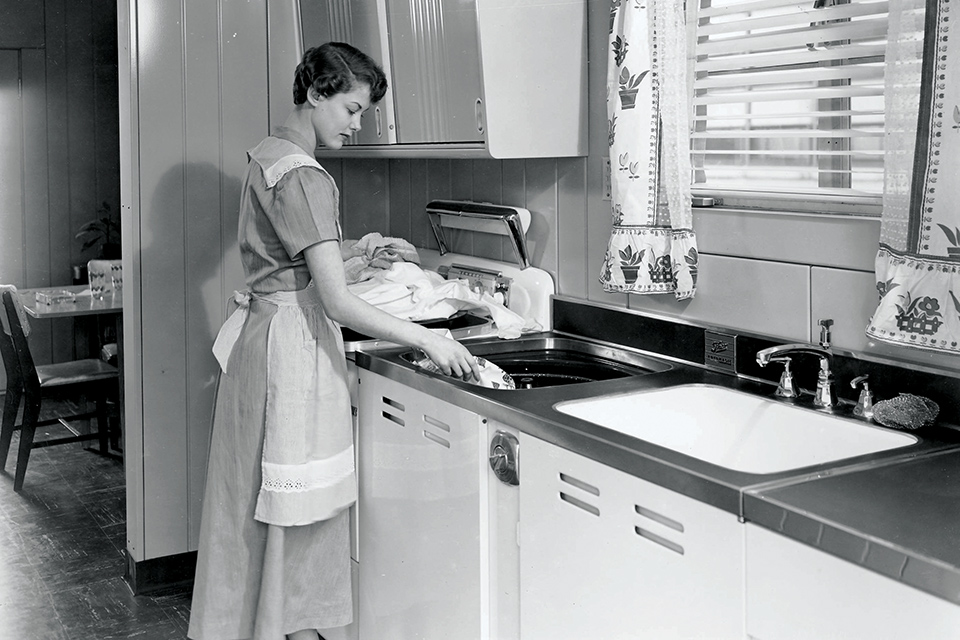Ohio Life
The Rise and Fall of the Lustron Home
Lustron Corp. hoped its prefabricated steel homes would address the need for postwar housing. The company’s Columbus factory closed after making just 2,600 homes, most of which still stand today.
Related Articles
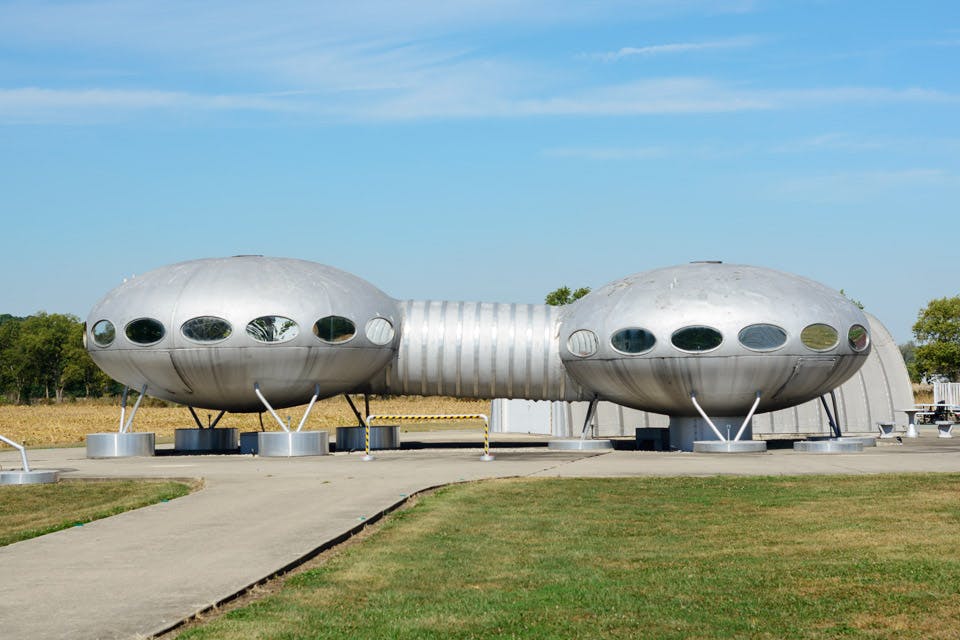
The Futuro House, Carlisle
This short-lived design for a space-age abode lives on in Carlisle, Ohio. READ MORE >>
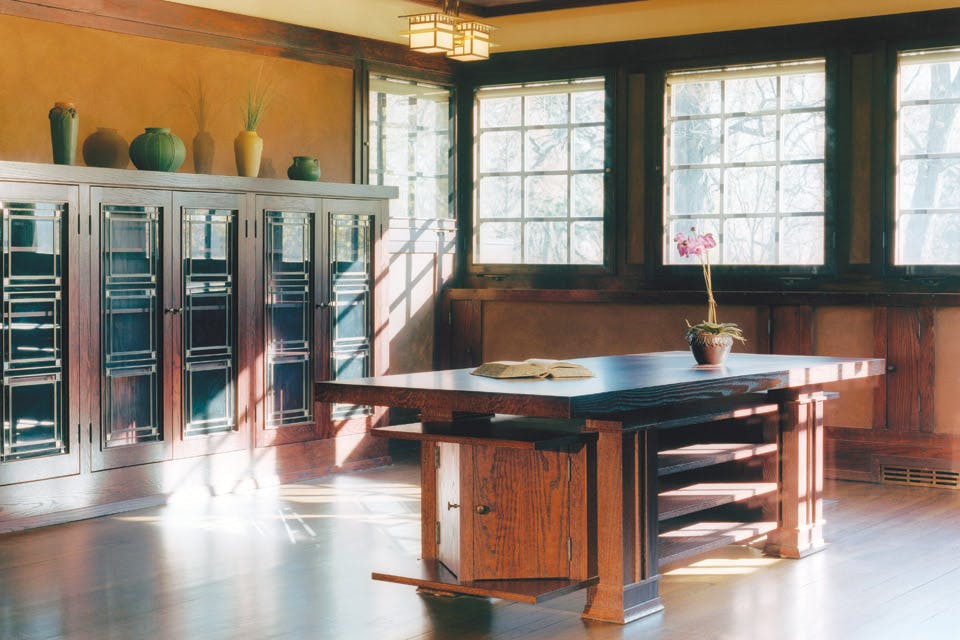
Ohio’s Frank Lloyd Wright Homes
We visited dwellings in Springfield, Oberlin and Willoughby Hills designed by the architect. Here’s how you can, too. READ MORE >>
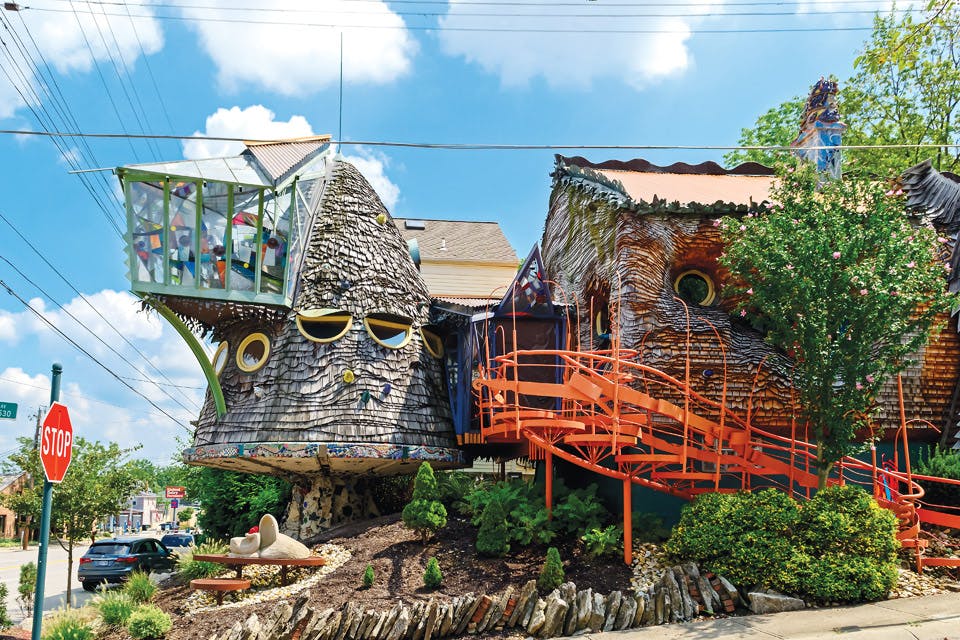
Mushroom House, Cincinnati
Architect Terry Brown’s landmark is the result of a lifetime of inspiration and more than a decade of construction. READ MORE >>


